7 Best Places to See the Northern Lights
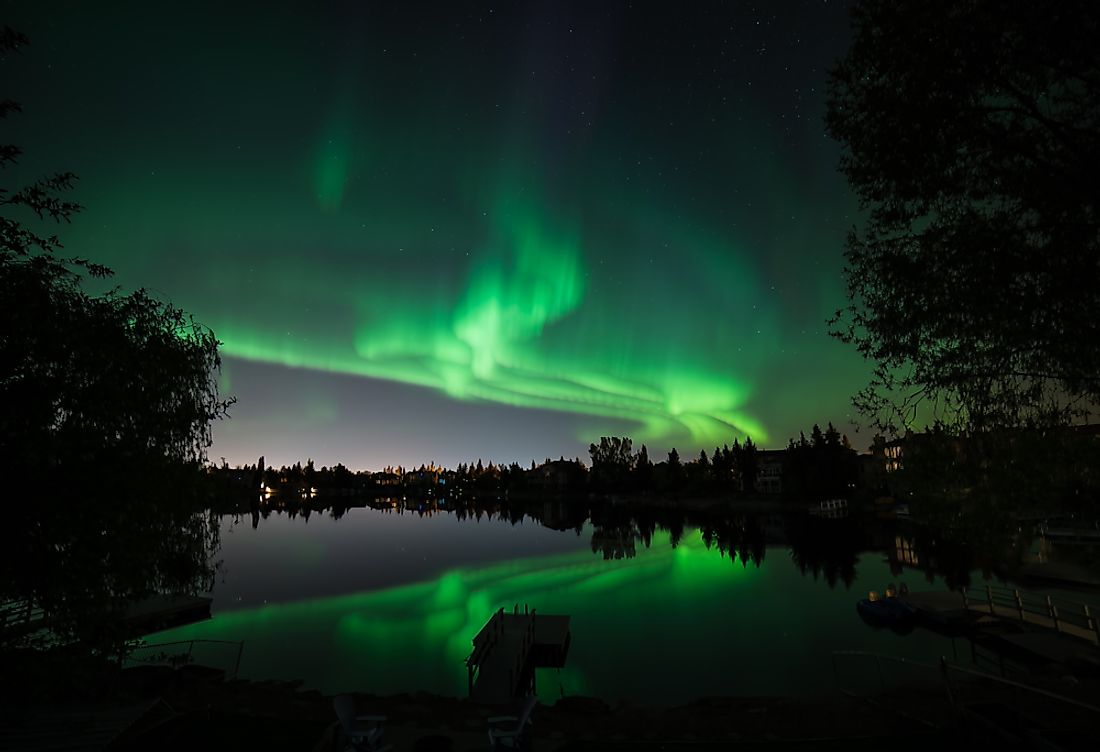
The Northern Lights are spectacular displays of natural light, which occur predominantly above the Arctic and Antarctic regions. The cosmic extravaganza appears in the forms of huge patches of light in the sky, clouds of light, streaming lights that can also be in the shape of arcs, rippling curtains of light or shooting rays. The most common auroral displays are of pale green and pink though shades of red, blue, yellow and violet lights also occur.
The temperature above the sun’s surface is in the millions of degrees Celcius, resulting in fierce and explosive collisions between gas molecules. This cause charged electrons and protons to be catapulted into space and blown by solar winds. When these charged particles enter the earth’s atmosphere at the magnetic fields, they collide with gas particles. These microscopic crashes produce these magnificent displays. The Northern Lights are called ‘Aurora borealis’, whereas the Southern Lights are known as ‘Aurora australis’.
The auroral phenomena are cyclic, meaning it peaks every 11 years. Northern winters are generally the best season to view the lights. The long periods of darkness and clear nights provide an ideal view. While there not many places from where people can see the Southern Lights, the lights over the North Pole are best seen from the following places:
7. Greenland
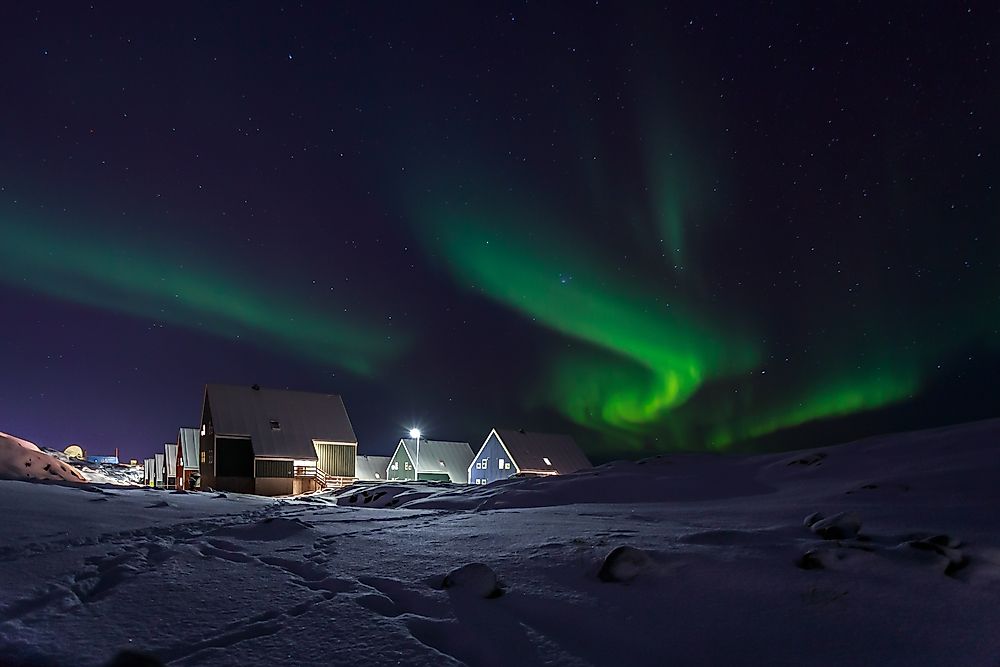
The western and northwestern coasts of this autonomous Danish region are within the aurora oval and hence offer the best views of the Lights. Sparsely populated Greenland is covered by unpolluted, clear skies for the entire aurora season from August to April. Since settlements are small, even urban lights do not dampen the sharpness of the display. To top it all, western Greenland features scenery that becomes some of the most spectacular backdrops to the Lights.
Ilulissat gives you the best of two worlds: you see the auroral splendor at UN World Heritage site, where iceberg flows fill the fjord. If you happen to be on the east coast, Tassilaq fjord can give the western hotspots a run for their scenery with regard the Northern Lights. Greenland has full of places where the weather is mostly conducive to a translucent firmament. Kangerslussuaq is possibly the best place to watch the Lights in Greenland; away from the coast, it has 300 days of clear skies per year on average.
6. Alaska
Though the peak viewing season in Alaska is also the dead of winter when the skies are the darkest, the Lights can also appear at the tail end of summer, i.e. in early September. If the Lights are expected, you can start waiting for them one and a half hours after sunset, though peak auroral time is from 11.30 pm to 3.30 am. During the fall and spring, the best time 12.30 am through 4.30 am.
While you can theoretically see the auroras all over Alaska, the most reliable and comfortable places are Fairbank, Anchorage and Brooks Range. Fairbanks falls under the aurora oval, from where you can tour several hours north. From Anchorage, travelers can go on an expedition of several days to scenic Talkeetna. Brooks Range is 60 miles north of the Arctic Circle and you can enjoy the celestial display despite the city lights. You may even see the Lights on an end-of-season cruise.
5. Norway
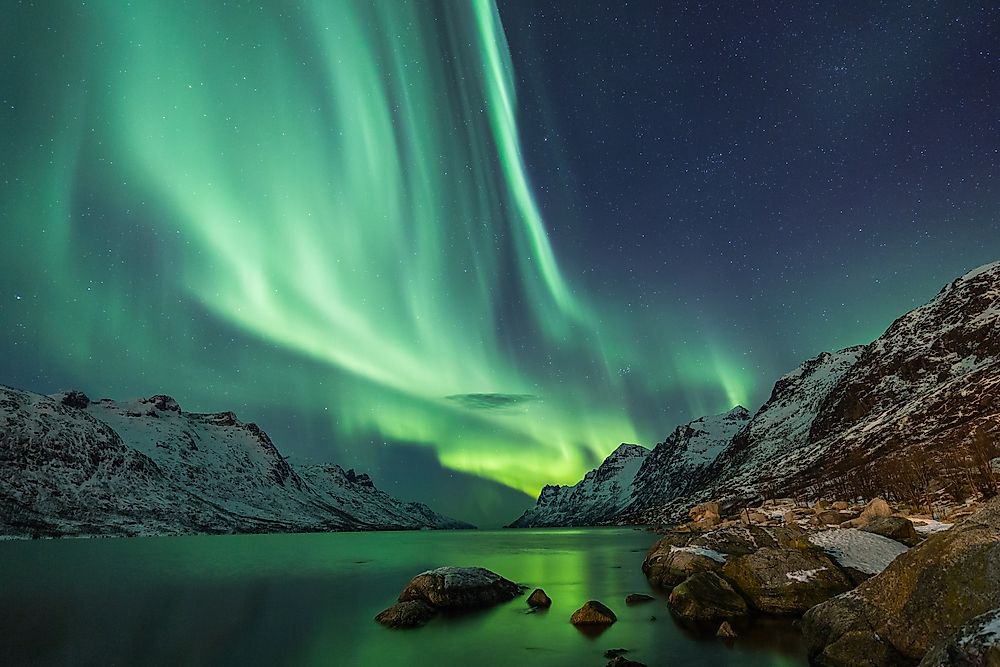
It is often said that Northern Norway has the best places from which the watch the Northern Lights, but that is only partially true. However, the region does have an enviable arctic travel infrastructure, which includes a plethora of winter activities and a fine selection of hotels. You can even enjoy the display on a cruise. Aurora season in Norway is between late September and late March; the skies are dark between 6 pm and 1 am, which is the best window to observe the Lights.
Though the Northern Lights Observatory in Tromso might seem the best place to view the auroral display, there is a wide range of popular auroral destinations. They are Hammerfest, Lofoten Islands, Lynjenfjord, Narvik, the North Cape, Vesteralen and Svalbard, which are all blessed with unpolluted skies. Norway also has custom-built residences for aurora viewing like its famous ice hotels.
4. Finland
If the aurora borealis is on your travel bucket list, the rule of thumb is that the farther north you go, higher your chances of fulfilling your wish. The “Aurora Oval” lies further north of the Arctic Circle and includes a huge part of Finnish Lapland, where the Northern Lights are said to mostly occur. Finland’s National Observatory of Northern Lights is located in Sodankyla, which makes it one of the best places to view. A great way to beat the chill and still watch the spectacular display is to stay in igloos or cottages built for the purpose of watching the Lights from indoors.
Rovaniemi is not only a popular place but the area is also covered by a realtime Aurora Alert. The Inari Lake, which contains most of Finland’s fjords, is another great place to watch the auroral extravaganza. One can combine taking in the Lights display with other sights at the National Parks of Oulanka, Luosto and Urho Kekkonen since they also have clear skies. Other god places are Ivalo near the Urho Kekkonen Park; Nellim, which is also on the banks of Lake Inari and Lake Kilpisjarvi in the west of Finland next to the Swedish border.
3. Sweden
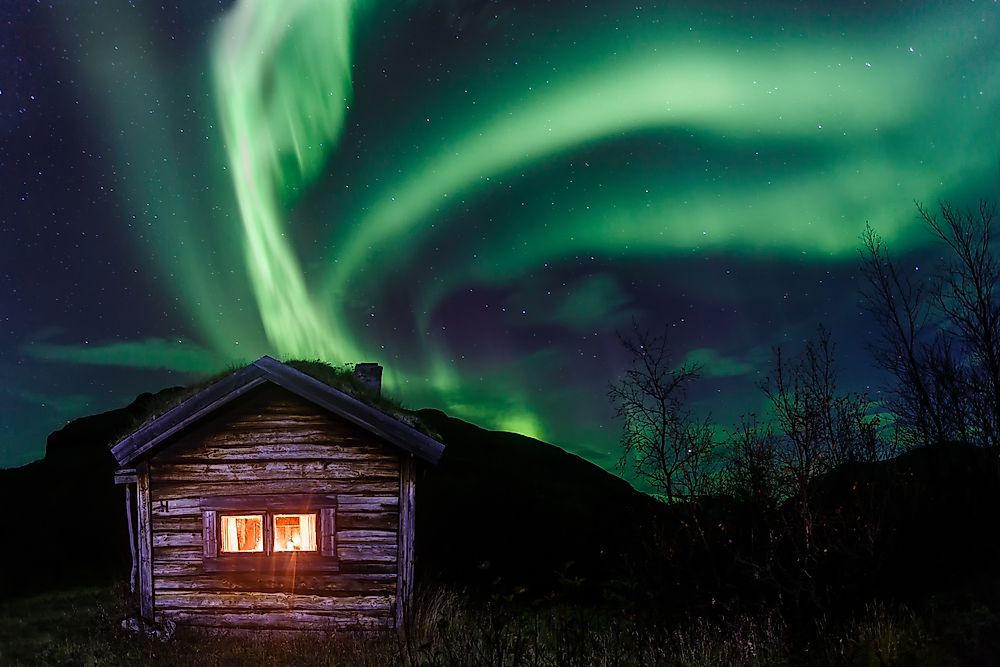
An important factor that might give Sweden an edge as far as the Northern Lights are concerned is the effect of the Gulf Stream, which makes its northern winters less severe. Aurora season in Swedish Lapland runs from end of September to the start of April. The Lights can be viewed across a huge swathe of Northern Sweden. The skies that stretch from Jokkmokk to the border with Norway are usually the best backdrops throughout the winter.
It is possible to see the Aurora borealis as far south as Stockholm and Gothenburg, but such events are rare. Again, the observing the celestial light works depends on the weather and the amount of time you intend on staying there. Cloudy skies will not permit you a good spectacle of the Lights even when they do occur, no matter how bright they are shining. Though the coldest months of winter might seem like a sure bet to see the Lights, winter sports and other activities become off limits.
2. Canada
In the Great White North, the Lights appear once in a week or ten days but there are various other things to do and see. The celestial display can be viewed from many places in the Northern provinces. Tourists in Yukon can probably see the lights more than once. Just be sure to get away from the city lights of Whitehorse. Talking of Yukon, you can see some of the most scintillating Light displays on Dempster Highway, the expressway that leads up to the Arctic Circle. The prairies of North Saskatchewan have some of North America’s darkest skies and you can enjoy the Lights in ice-fishing lodges.
The calm waters of Mucho Lake in British Columbia reflect the dazzling display of the heavens periodically throughout the year. Most auroras occur above the 56th parallel, making Fort McMurray a hot favorite to see the Aurora borealis. Natives of Iqaluit, Nunavut have the Northern Lights almost to themselves as the province has no tourist infrastructure and only a few daring adventurers may venture here. Visitors to the Northwestern Territories have a ninety-percent chance of seeing the Lights during their stay.
1. Iceland
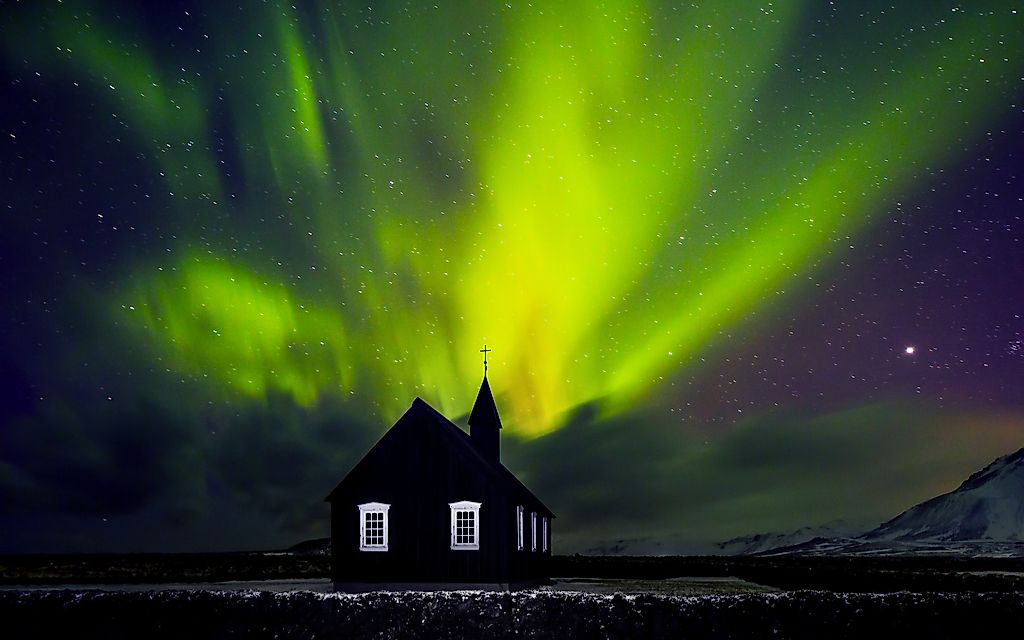
The unpolluted skies over this sparsely populated but breathtaking volcanic island make Iceland one of the best countries to observe the auroral display. The Lights are best enjoyed under pitch darkness and the island has the longest stretch of dark months between September and mid-April. It does not really matter where you stay in Iceland as the length of time you are there. The lights appear in cycles; they occur for two or three nights and then disappear for several days. It is recommended that you stay for at least seven nights to increase your odds of seeing the display.
Weather is another factor, which needs to be aligned with your stay. The weather gods on this north Atlantic island are extremely fickle. The lights are best seen on clear nights, which in Iceland are accompanied by sub-zero temperatures. Warmer nights have a bit of precipitation or some cloud cover that would dampen your view. It is always a good idea to check the weather forecasts leading to your trip from the Icelandic Meteorological Office or the Aurora Prediction Page.











